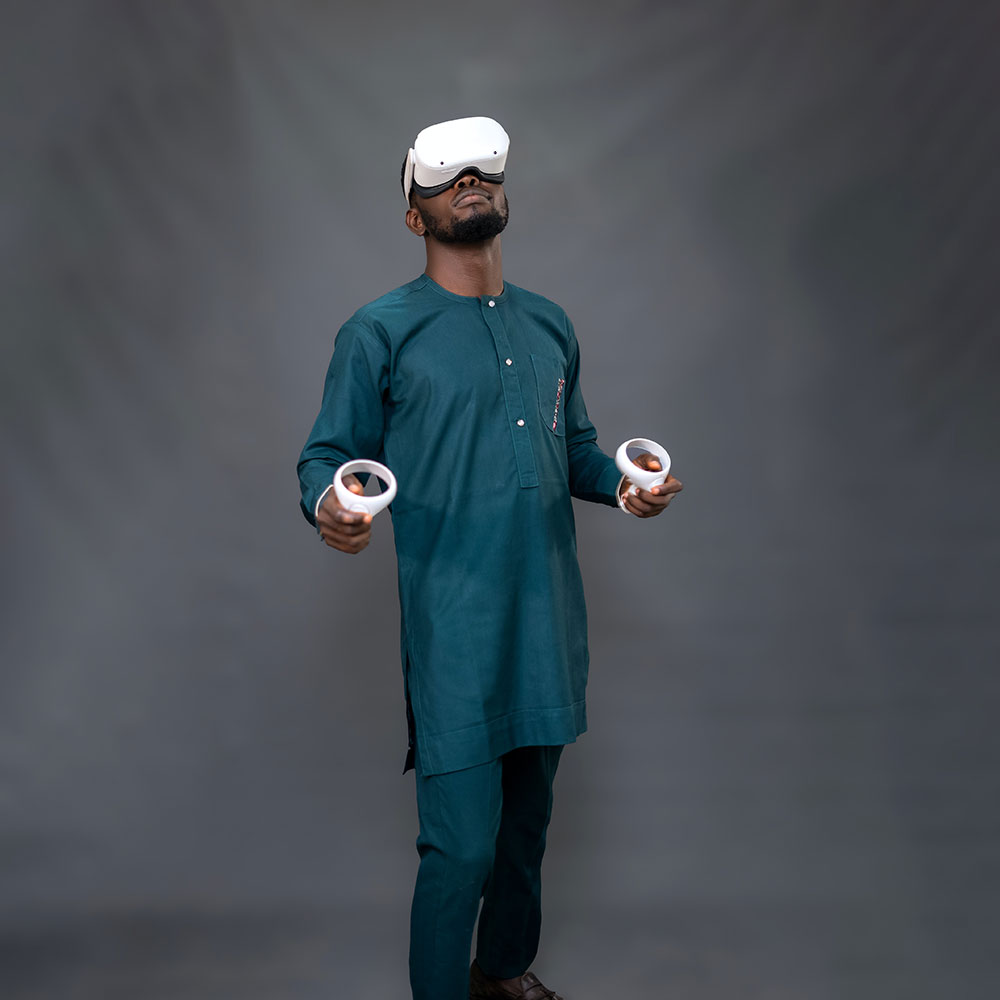Invasive medical procedures can be uncomfortable and upsetting for children and adults alike. If a patient is stressed or unable to relax, medical professionals may have a difficult time carrying out the procedure or performing the treatment. VR has entered the medical sphere as a versatile tool for patient relaxation, immersing the viewer in realistic, sensory environments that effectively draw their attention away from the procedure itself. This allows doctors, nurses and other medical professionals to carry out treatment and helps them remain confident of positive patient outcomes.
VR headsets have been employed in a range of clinical settings for their positive calming and anxiety-reducing qualities. Patients can wear them both before and during treatments, and will find themselves effectively distracted, their pain reduced, their anxiety lessened, and their bodies feeling relaxed and calm. Not only does VR calm a patient during invasive treatments, surgeries, injections or infusions, it’s also been seen to substantially reduce treatment time, meaning they’ll be able to recover and return to normal life more quickly than before.
What exactly is involved in VR healthcare? As patients put on their VR headset, they’ll be immersed in a realistic, sensory experience captivating them with sight and sound. This might include a deep dive into a natural scene, such as an underwater landscape or deep in the heart of a rainforest, or even an interactive game, which can prove particularly engaging and useful for children. Patients might come for treatment feeling stressed and afraid, and VR’s ability to distract and calm these patients with its exciting, interesting and relaxing sensory experiences can effectively reduce this anxiety and fear.
Medical centres and treatment facilities can customise their VR headsets to suit their patients’ physical and health needs. Headsets are easy to clean and often come with disposable liners in case a patient is on contact precautions. Sound can be adjusted so that care staff can communicate directly with the patient, and experiences or games can be carefully curated so that patients’ movement is minimal, and so that those who have a limited range of motion are able to participate. In some instances, staff can even fine-tune the cognitive load depending on the patient’s needs, meaning that the level of distraction can be increased during the most difficult or stressful parts of a procedure.
Summary: How virtual reality transforms in medical care industry?
VR is being used in medical settings to help patients relax during invasive procedures, reducing stress and anxiety.
Patients wearing VR headsets experience distraction, pain reduction, and a sense of calm, resulting in quicker recovery times.
Medical staff benefit from shorter procedure times, leading to less stress and burnout prevention.
VR healthcare enhances a facility’s reputation by offering innovative patient-centered approaches to care.
Customisable VR headsets can be tailored to patients’ specific physical and health needs, providing engaging and relaxing experiences during treatment.


